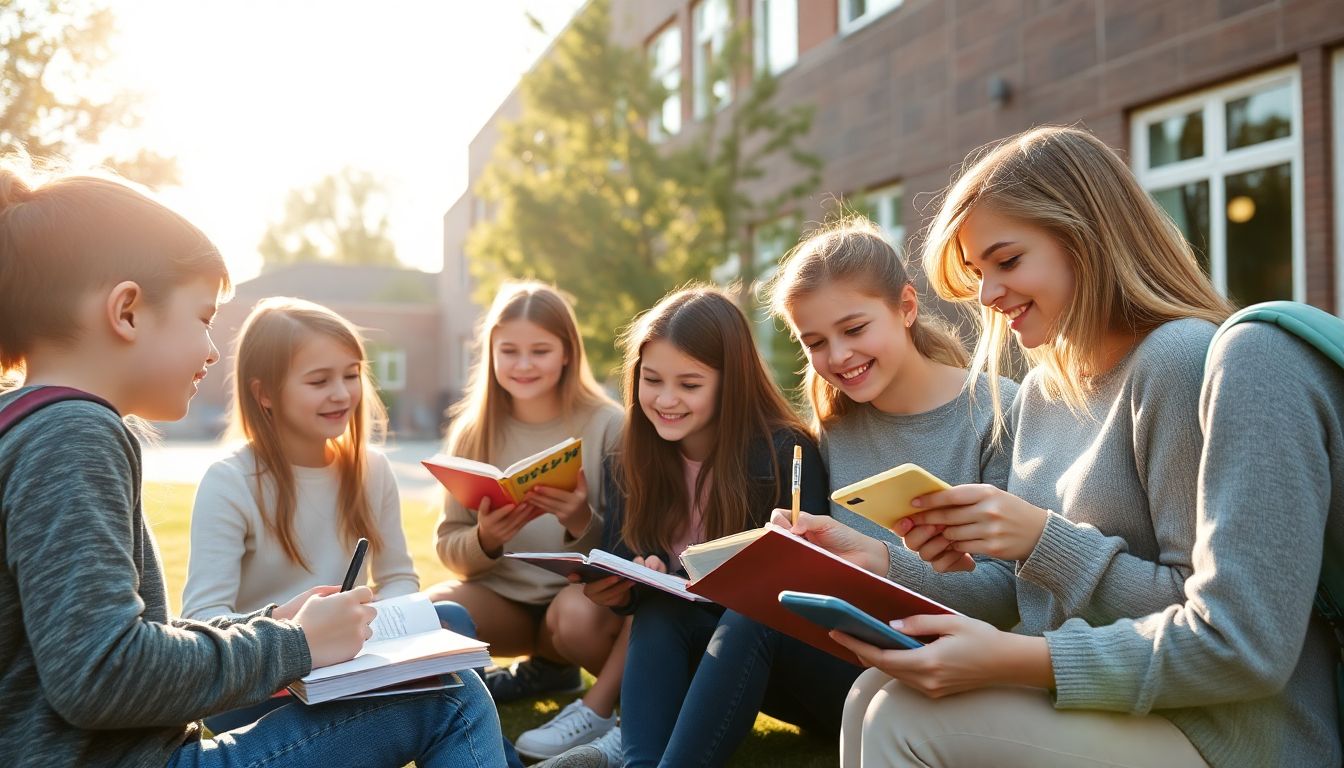
Norway's Smartphone Ban: A 3-Year Success Story?
The mental health of teenagers is a major concern today, with rising reports of anxiety and bullying. In response to these alarming trends, Norway implemented a ban on smartphones in schools. Three years later, the results are staggering: girls' GPAs are on the rise, visits to mental health professionals have dropped by 60%, and bullying cases among students have decreased by 43-46%.
This article explores the remarkable outcomes of Norway's initiative, focusing on improved academic performance, mental health enhancement, and significant reductions in bullying.
Academic Performance: Soaring GPAs and Improved Focus
Increased GPA in Girls
One of the most striking outcomes of the smartphone ban is the increase in girls' GPAs. Reports indicate a significant rise, with some schools noting improvements of over 10%. Data from the Norwegian Directorate for Education shows a correlation between reduced screen time and higher academic achievement.
Enhanced Classroom Engagement
Anecdotal evidence suggests that students are more engaged in classroom activities without smartphones. Teachers report increased participation and focus during lessons. Students are now more likely to ask questions and interact with peers, which fosters a more dynamic learning environment.
The Role of Deeper Learning
Reduced screen time encourages deeper learning. When students are less distracted by their phones, they can focus more on the material and develop a better understanding of complex subjects. This shift often leads to improved retention and critical thinking skills.
Mental Health: A Significant Decline in Mental Health Concerns
Reduced Mental Health Professional Visits
The impact of the smartphone ban extends to mental health. Visits to mental health professionals among teens have dropped by an astounding 60%. This statistic highlights a noteworthy change in the well-being of students over the past three years, making a compelling case for similar policies.
Decreased Anxiety and Depression
Experts suggest that reduced smartphone use contributes to lower anxiety and depression levels. Without constant notifications and social media pressure, students experience fewer triggers for stress. This shift allows them to focus on the present, promoting a healthier mindset.
Improved Sleep Quality and Wellbeing
Another benefit of the ban is improved sleep quality. Studies show that excessive smartphone use disrupts sleep patterns. With phones out of the classroom, students are more likely to establish healthier routines, resulting in better overall well-being.
Bullying: A Dramatic Drop in Reported Incidents
Bullying Statistics
The reported incidents of bullying have also taken a hit. Statistics reveal a reduction in bullying cases among boys and girls, ranging from 43% to 46%. This change indicates a significant transformation in school environments where students feel safer and more supported.
Changes in Social Dynamics
The ban has altered social dynamics among students. Without the divisive influence of smartphones, peer interactions have become more respectful and inclusive. Students are engaging more face-to-face, building stronger relationships that discourage bullying behaviors.
The Role of Face-to-Face Interaction
In-person interactions are crucial for developing healthy relationships. The lack of smartphones encourages students to communicate directly, fostering empathy and understanding. This shift in communication styles is essential for reducing bullying and creating a supportive school atmosphere.
The Counterarguments: Addressing Concerns and Criticisms
Access to Information and Technology
Some critics argue that banning smartphones limits access to educational resources. While technology plays a role in learning, schools can explore alternatives that still encourage tech use outside of the classroom.
Social Isolation and Digital Divide
Concerns about social isolation have been raised, especially for students lacking other means of communication. However, the positive outcomes of the ban suggest that alternatives, like school-sponsored tech access, could be explored to maintain connectivity.
Addressing Criticisms
Despite criticisms, the benefits seen in Norway's case cannot be ignored. The focus should be on finding a balanced approach that maximizes learning while considering the mental health of students. Solutions like structured tech time could be tailored to mitigate negative impacts.
Lessons Learned and Future Implications: A Path Forward?
Replicability of the Model
Can this model be replicated in other countries? The success in Norway lays the groundwork for similar initiatives globally. Education systems can closely examine these results and consider implementing their own versions of smartphone bans, tailored to their specific needs.
Policy Recommendations
Policymakers should consider creating guidelines for smartphone usage in schools. Recommendations include:
- Establishing clear tech-free zones in classrooms
- Implementing scheduled tech breaks
- Offering training for teachers on engagement techniques without technology
Conclusion
The findings from Norway's smartphone ban paint a promising picture for schools worldwide. With higher GPAs, fewer mental health issues, and decreased bullying, these results underscore the potential benefits of reassessing technology's role in education. Embracing this change could foster healthier learning environments and support student well-being. A tech-free classroom might just be the classroom of the future.